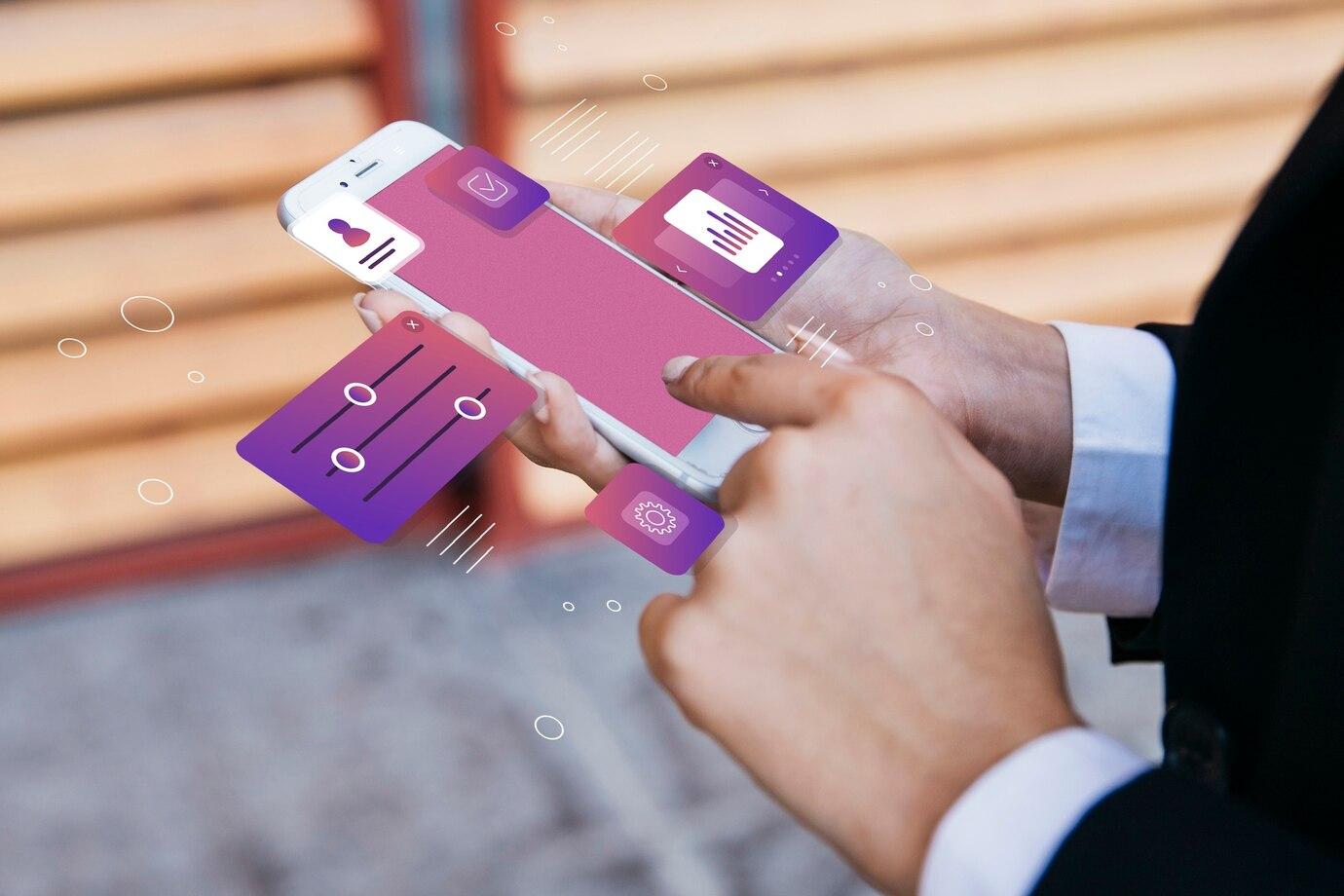In recent years, social networks have become an integral part of our lives. We use them for communication, information exchange, and interaction with friends and family. However, along with the great opportunities offered by social platforms, the risk of fraud is also growing. Scammers actively use social networks to steal personal data, which can lead to serious financial and legal consequences.
Fraud on Social Networks: A Current Problem
Fraud on social networks has become a very common phenomenon. The challenges arising from ever-changing algorithms and platform operation methods make it easier for scammers. They exploit various emotional triggers, people's trust, and inattentiveness.
Key Fraud Methods
There are different forms of fraud on social networks. The most common ones are:
- Phishing: This is a process where scammers create fake pages to obtain users' credentials. Such pages may look like official pages of banks or popular sites.
- Social Engineering: Scammers may pose as your friends or acquaintances to request personal data or financial help under the pretext of an emergency.
- Sweepstakes and Promotions: Users may encounter fake sweepstakes that require personal data input to participate. This can lead to information leaks.
- Spam Messages: Scammers send messages containing links to malicious sites, disguising themselves as legitimate sources.

Personal Data Breaches: Causes and Consequences
Personal data breaches can occur for various reasons, but they are often associated with insufficient account security and software vulnerabilities.
How Data is Stolen Online
Scammers can use various tactics to steal personal data. Using social engineering, they manipulate users into voluntarily providing their information. Below are ways scammers can obtain your data.
Malicious Software
Malicious software can be installed on a user's device without their knowledge. Attackers may send virus links through messages or comments. When a user clicks the link, malware is installed on the device and begins collecting personal data.
Online Surveys and Questionnaires
Scammers often use online surveys and questionnaires. They offer users to participate in a drawing for an attractive prize, but to do so, they need to fill out a survey requesting personal data.
Fake Scammer Accounts
Fake accounts have become commonplace on platforms like Facebook and Instagram. Scammers create accounts with fake photos and names to appear as well-known people or companies. They start interacting with potential victims, often promising high financial rewards in exchange for personal data.

Social Networks and Financial Risks
Financial risks associated with fraud on social networks are multifaceted. Stolen personal data can be used for unauthorized transactions, credit fraud, and even to commit offenses in the victim's name.
Scammers on Facebook and Instagram
Scammers on Facebook and Instagram can implement various fraud schemes:
- Investment Schemes: Offers of low-risk investments with very high returns are often fraudulent. People who fall victim to such schemes may lose all their savings.
- Fake Stores: Some scams involve creating fake online stores, offering products at attractive prices, but after the purchase, they disappear, and the money is not returned.
- Fraudulent Dating Platforms: On such platforms, people are deceived using fake profiles for manipulation and persuasion to send money to a victim who never actually existed.

How to Protect Personal Information
Protecting personal information should be a priority for every social media user. The following recommendations will help minimize the risk of data breaches.
Set Strong Passwords
Use a combination of letters, numbers, and symbols to create strong passwords. Strong passwords significantly complicate the task for scammers and can protect your account from being hacked.
Enable Two-Factor Authentication
Two-factor authentication is an additional security layer that requires identity verification not only by password but also through another method (e.g., SMS code). This complicates the task for scammers, even if they have obtained your password.
Be Careful with Personal Information
Do not share personal data such as phone numbers, addresses, or financial information unless you are sure of the source's security. Read reviews about companies and products before interacting with them.
Check for Fake Accounts
Before engaging with offers on social platforms, verify information about the user or company. Look for signs of forgery: inconsistent data, suspicious activity, and lack of convincing history.

Scams in Messengers: An Unexpected Interlocutor
Fraud in messengers has also become a serious problem. Messaging apps like WhatsApp and Viber are used by scammers to conduct various fraud schemes.
Scammers often create fake profiles and start conversations with potential victims, posing as acquaintances or experts. They may use a communication style familiar to you to gain trust. Such manipulations can lead to requests for money, personal information, or even cryptocurrency transfers.
To avoid fraud in messengers, be mindful of whom you communicate with. If you receive a message from an acquaintance about something unusual, it's better to call and verify the information first. Make sure the links you click on are trustworthy.
Fraud on social networks and personal data breaches are serious issues faced by millions of users worldwide. Understanding the methods scammers use is the first step to protecting your information. It's important to remain vigilant, apply security measures, and regularly check your accounts for suspicious activity. Remember: your personal information is your responsibility, and any thoughtless actions can lead to unpleasant consequences. Keep your personal data safe and don't let scammers gain access to it.
